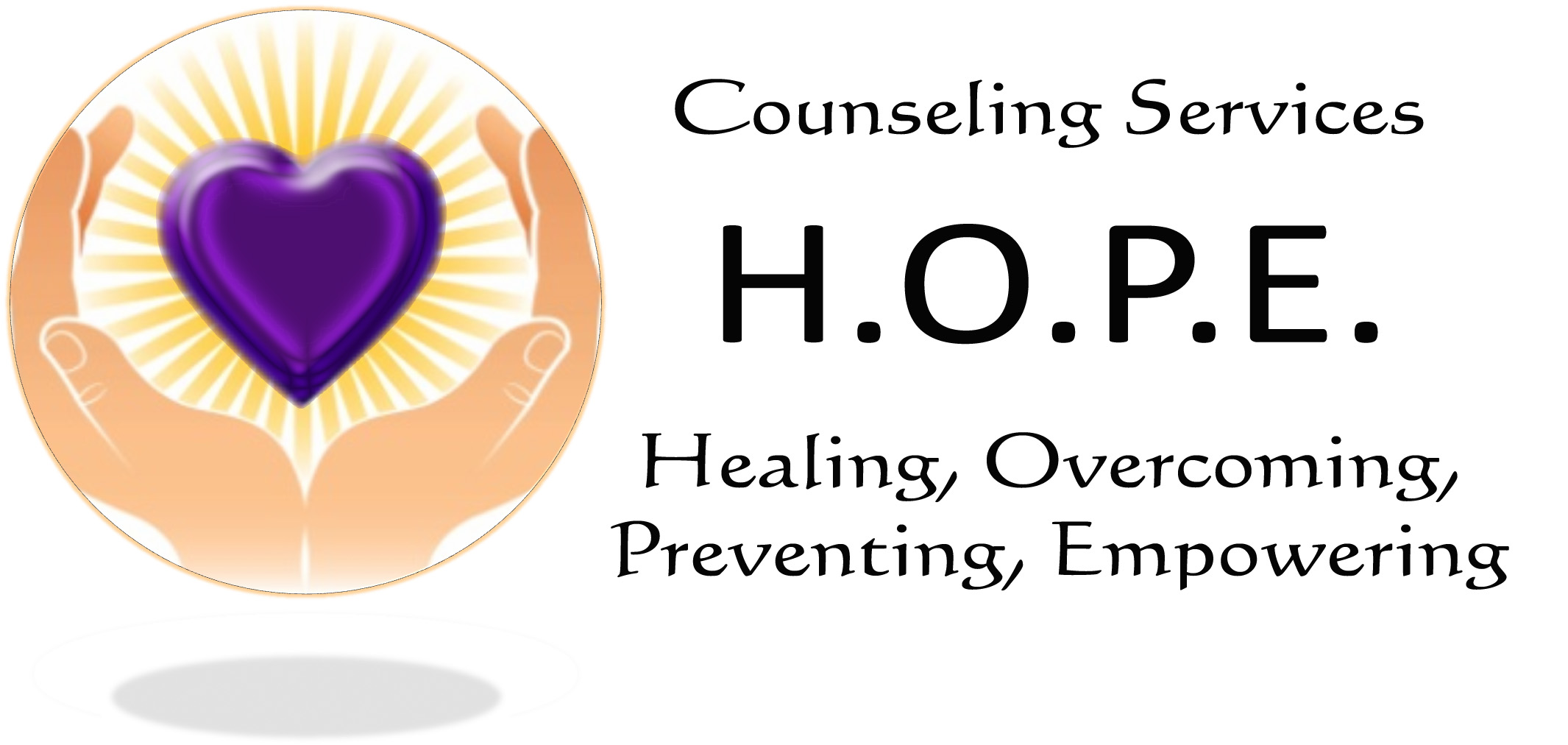|
*
Symptoms of ADHD *
Peer Relationships and ADHD
*
Attention-Deficit/Hyperactivity Disorder
Overview
ADHD is one of the most common neurobehavioral disorders of childhood and can persist through adolescence and into adulthood. Currently the causes are unknown.
A person with ADHD has a chronic level of inattention, impulsive hyperactivity, or both such that daily functioning is compromised. The symptoms of the disorder must be present at levels that are higher than expected for a person's developmental stage and must interfere with the person's ability to function in different settings (e.g., in school and at home). A person with ADHD may struggle in important areas of life, such as peer and family relationships, and school or work performance.
|
The
American Psychiatric Association's Diagnostic and Statistical
Manual-IV, Text Revision (DSM-IV-TR) estimates that 3%-7% of
children suffer from ADHD. Some studies have estimated higher
rates in community samples. ADHD is diagnosed approximately three
times more often in boys than in girls.
|
Three types of ADHD have been established according to which symptoms are strongest in the individual. These types are described below:
1. Predominantly Inattentive Type: It is hard for the individual to organize or finish a task, to pay attention to details, or to follow instructions or conversations. The person is easily distracted or forgets details of daily routines.
2. Predominantly Hyperactive-Impulsive Type: The person fidgets and talks a lot. It is hard to sit still for long (e.g., for a meal or while doing homework). Smaller children may run, jump or climb constantly. The individual feels restless and has trouble with impulsivity. Someone who is impulsive may interrupt others a lot, grab things from people, or speak at inappropriate times. It is hard for the person to wait their turn or listen to directions. A person with impulsiveness may have more accidents and injuries than others.
3. Combined Type: Symptoms of the above two types are equally predominant in the person.
As many as half of those with ADHD also have other mental disorders. These
co-morbidities of ADHD (other disorders that occur along with ADHD) can make it harder to diagnose and treat ADHD. They may also present further challenges to the individual with ADHD.
Used by mental health professionals, the DSM-IV-TR provides criteria for diagnosing ADHD. This diagnostic standard helps ensure that people are appropriately diagnosed and treated for ADHD. Using the same standard across communities will help determine the public health impact of ADHD.
Treating ADHD can be done through medical or behavioral therapies, or a combination of the two.
Back to top
Symptoms of ADHD
The year 2000 Diagnostic & Statistical Manual for Mental Disorders (DSM-IV-TR) provides criteria for diagnosing ADHD. The criteria are presented here in modified form in order to make them more accessible to the general public. They are listed here for information purposes and should be used only by trained health care providers to diagnose or treat ADHD.
DSM-IV Criteria for ADHD
Either A or B:
A. Six or more of the following symptoms of inattention have been present for at least 6 months to a point that is disruptive and inappropriate for developmental
level:
Inattention
1. Often does not give close attention to details or makes careless mistakes in schoolwork, work, or other activities.
2. Often has trouble keeping attention on tasks or play activities.
3. Often does not seem to listen when spoken to directly.
4. Often does not follow instructions and fails to finish schoolwork, chores, or duties in the workplace (not due to oppositional behavior or failure to understand instructions).
5. Often has trouble organizing activities.
6. Often avoids, dislikes, or doesn't want to do things that take a lot of mental effort for a long period of time (such as schoolwork or homework).
7. Often loses things needed for tasks and activities (e.g. toys, school assignments, pencils, books, or tools).
8. Is often easily distracted.
9. Is often forgetful in daily activities.
B. Six or more of the following symptoms of hyperactivity-impulsivity have been present for at least 6 months to an extent that is disruptive and inappropriate for developmental
level:
Hyperactivity
1. Often fidgets with hands or feet or squirms in seat.
2. Often gets up from seat when remaining in seat is expected.
3. Often runs about or climbs when and where it is not appropriate (adolescents or adults may feel very restless).
4. Often has trouble playing or enjoying leisure activities quietly.
5. Is often "on the go" or often acts as if "driven by a motor".
6. Often talks excessively.
Impulsivity
1. Often blurts out answers before questions have been finished.
2. Often has trouble waiting one's turn.
3. Often interrupts or intrudes on others (e.g., butts into conversations or games).
American Psychiatric Association: Diagnostic and Statistical Manual of Mental Disorders, Fourth Edition, Text Revision. Washington, DC, American Psychiatric Association, 2000.
Back to top
Peer Relationships and ADHD
Attention-Deficit/Hyperactivity Disorder (ADHD) can have many effects on a child's development. It can make childhood friendships, or peer relationships, very difficult. These relationships contribute to children's immediate happiness and may be very important to their long-term development.
• Research suggests that children with
difficulty in their peer relationships, for example, being rejected by peers or not having
close friends struggle with low self-esteem. In some cases, children with peer problems may also be at higher risk for anxiety, behavioral and mood disorders, substance abuse and delinquency as teenagers.
• Parents of children with ADHD may be less likely to report that their child plays with groups of friends or is involved in after-school activities, and half as likely to report that their child has many good friends. Parents of children with ADHD may be more than twice as likely than other parents to report that their child is picked on at school or has trouble getting along with other children.
How does ADHD interfere with peer relationships?
Exactly how ADHD contributes to social problems is not fully understood. Several studies have found that children with predominantly inattentive ADHD may be perceived as shy or withdrawn by their peers. Research strongly indicates that aggressive behavior in children with symptoms of impulsivity/hyperactivity may play a significant role in peer rejection. In addition, other behavioral disorders often occur along with ADHD. Children with ADHD and other disorders appear to face greater impairments in their relationships with peers.
Having ADHD does not mean a person has to have poor peer relationships.
Not everyone with ADHD has difficulty getting along with others. For those who do, many things can be done to improve the person's relationships. The earlier a child's difficulties with peers are noticed, the more successful intervention may be. Although researchers have not provided definitive answers, some things parents might consider as they help their child build and strengthen peer relationships are:
• Recognize the importance of healthy peer relationships for children. These relationships can be just as important as grades to school success.
• Maintain on-going communication with people who play important roles in your child's life (such as teachers, school counselors, after-school activity leaders, health care providers, etc.). Keep up-dated on your child's social development in community and school settings.
• Involve your child in activities with his or her peers. Communicate with other parents, sports coaches and other involved adults about any progress or problems that may develop with your child.
• Peer programs can be helpful, particularly for older children and teenagers. Schools and communities often have such programs available. You may want to discuss the possibility of your child's participation with program directors and your child's care providers.
Back to top
|



